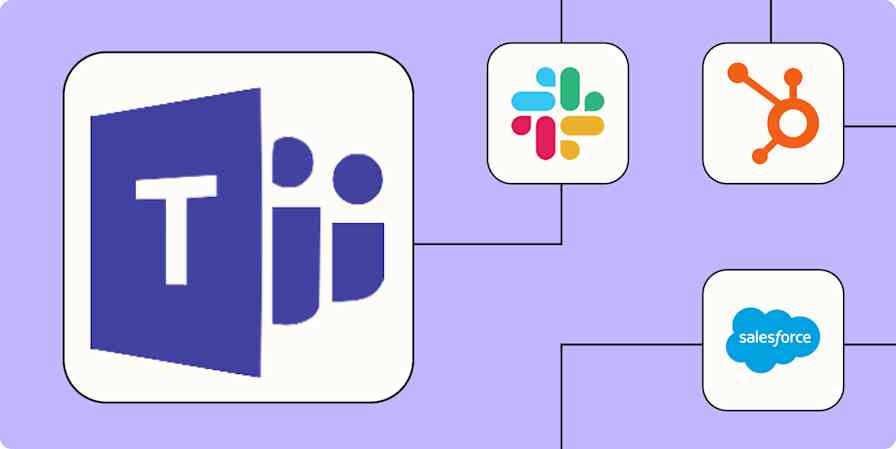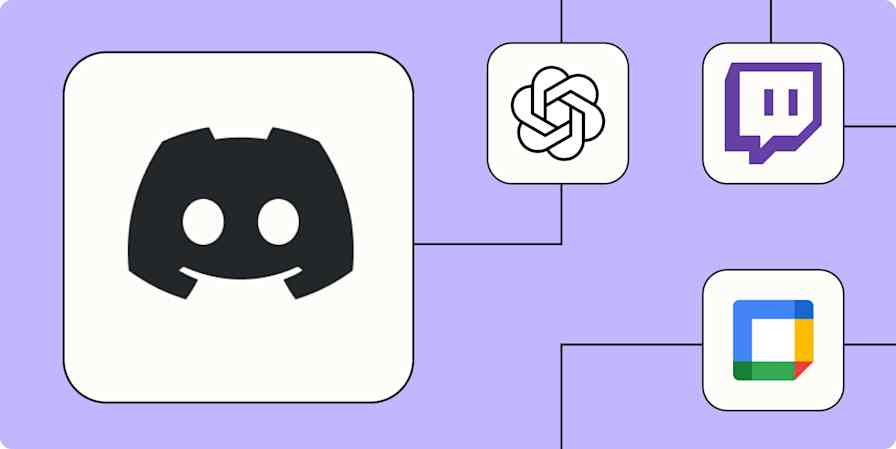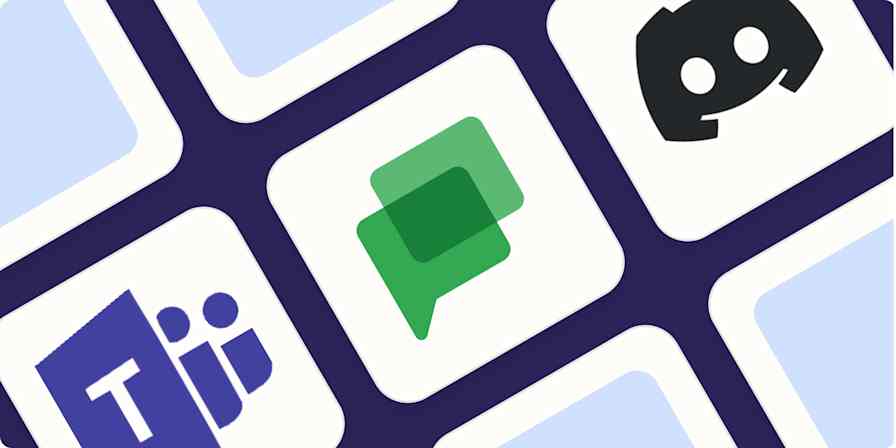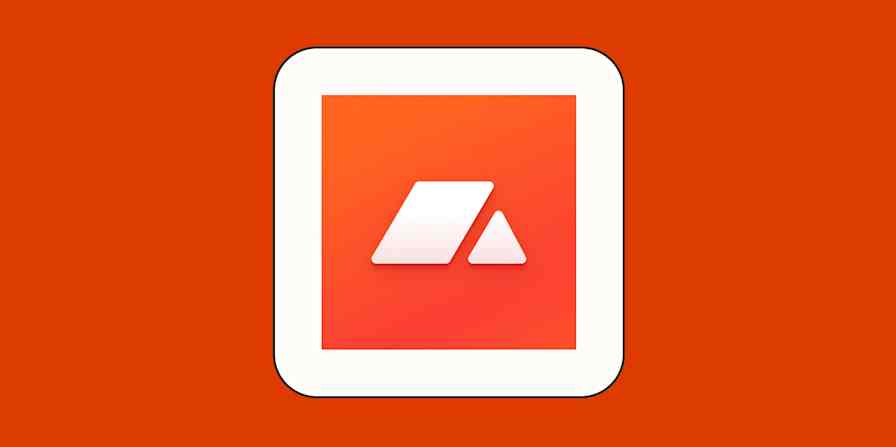App tips
5 min readMultiple Slack workspaces? 5 tips to manage your notifications
By Anna Burgess Yang · January 19, 2023
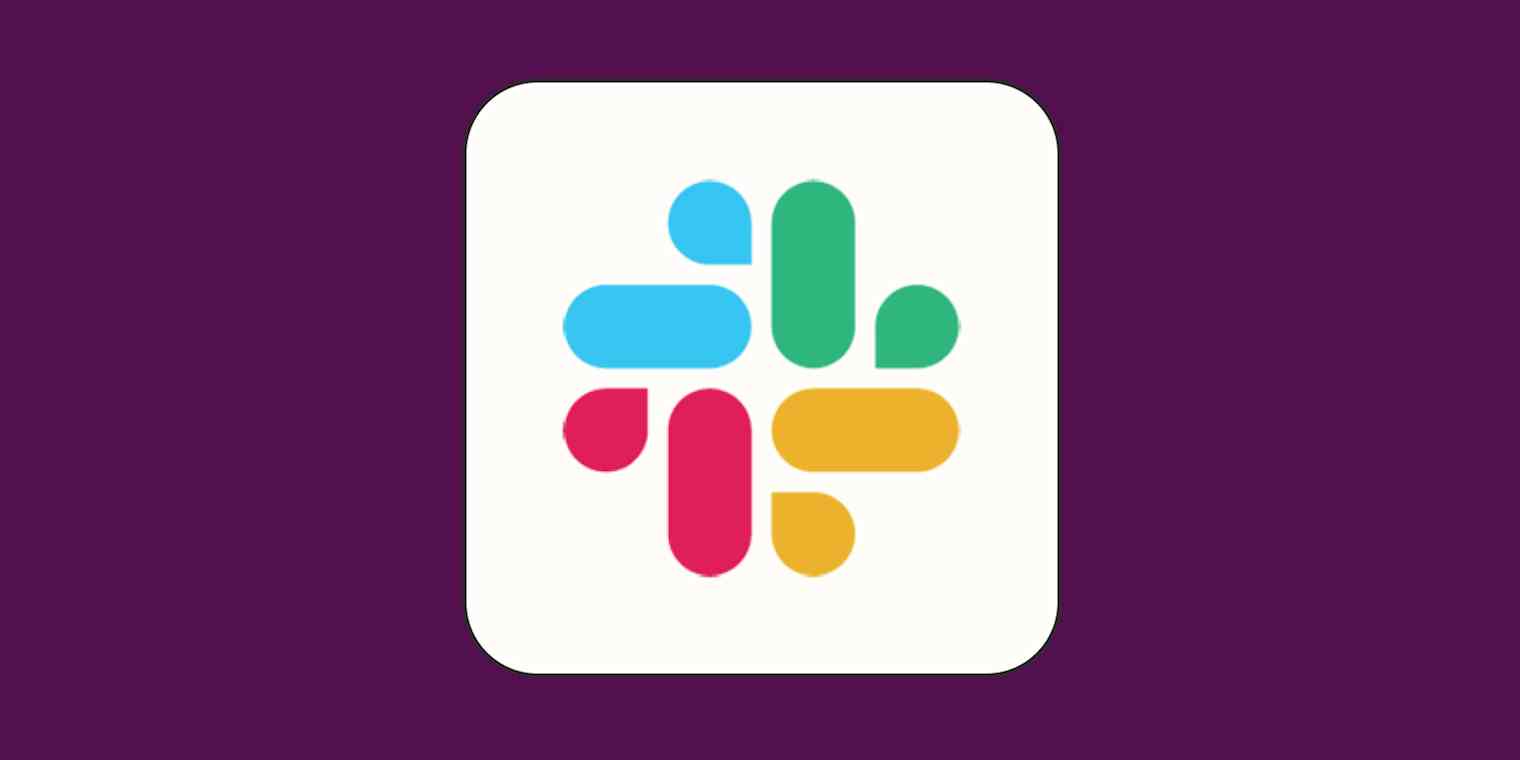
Get productivity tips delivered straight to your inbox
We’ll email you 1-3 times per week—and never share your information.
mentioned apps
Related articles
Improve your productivity automatically. Use Zapier to get your apps working together.



